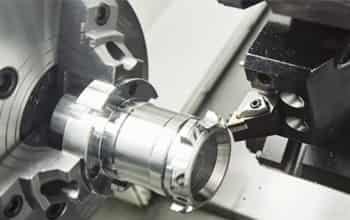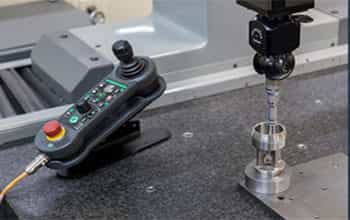Injection Molding Defect: Sink Marks
Aug 25, 2023
The shrinkage rates of different plastic materials are different. Usually, the raw materials that are prone to sink marks are crystalline, such as nylon. During the injection molding process, the crystalline plastic is heated to a fluid state, with the molecules randomly arranged; when filled into the cold cavity, the plastic molecules are slowly arranged neatly to crystallize. As a result, the volume is shrunk to be smaller than the specified dimensional range, which is referred to as the “sink mark”. The shrinkage rates of various plastic materials(mold shrinkage rate) are shown below: Injection processing: Regarding control of the injection technology, the causes of sink marks include: insufficient pressure, excessively slow injection speed, small gate or long runner. Therefore, when using the injection molding machine, it is necessary to pay attention to the molding conditions and whether the holding pressure is enough to prevent the appearance of s...

